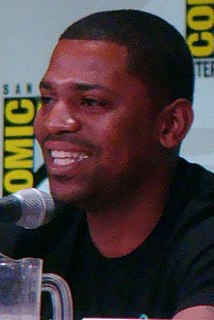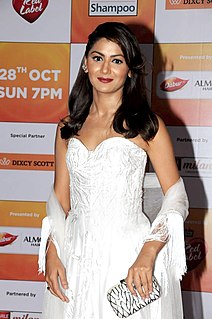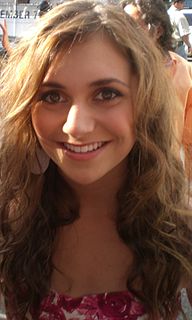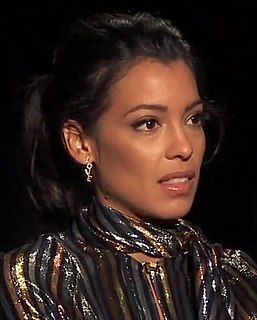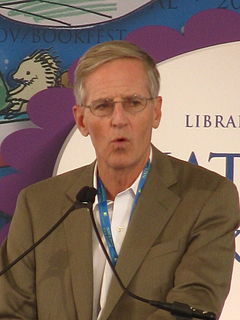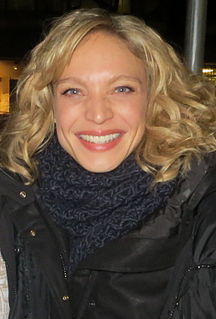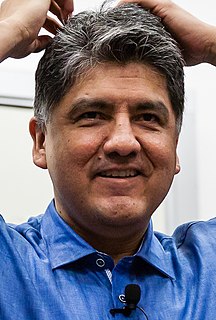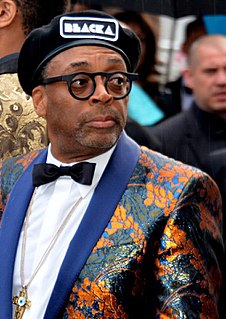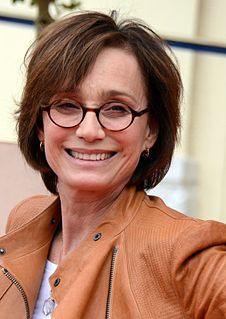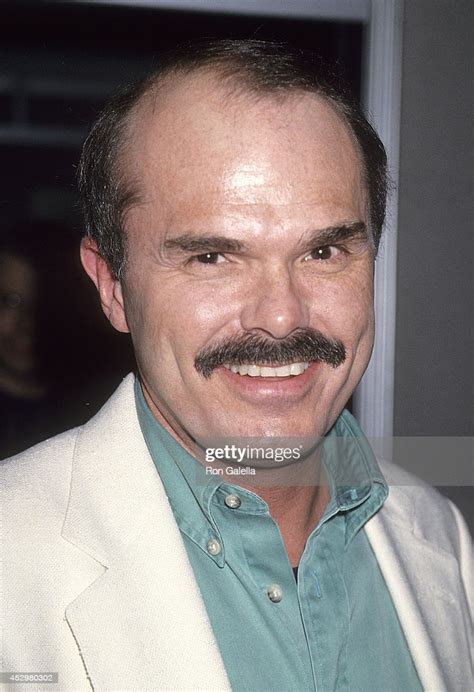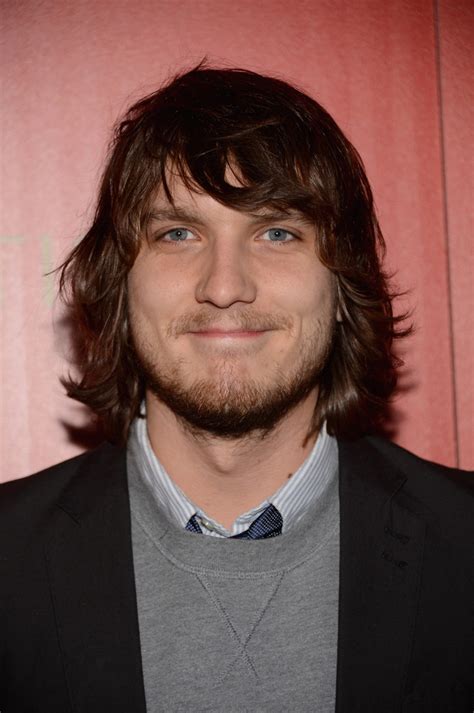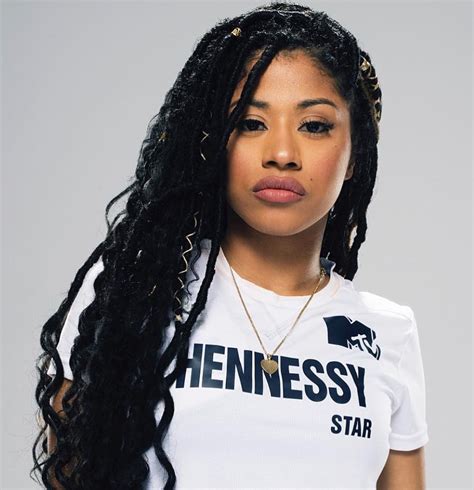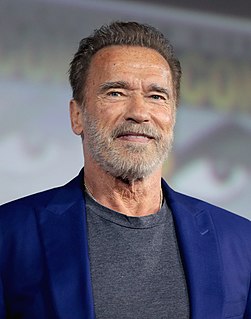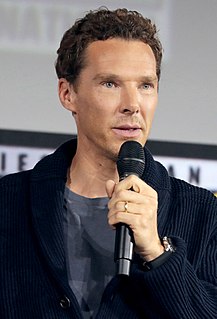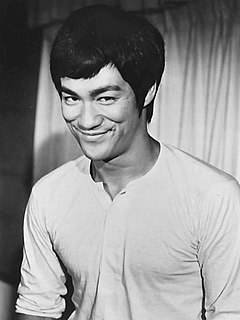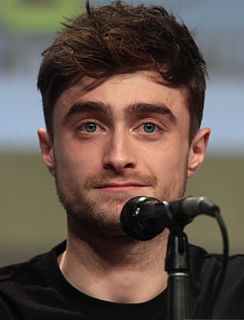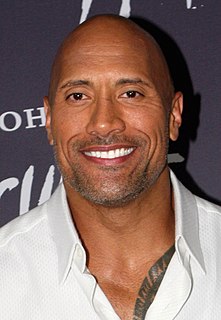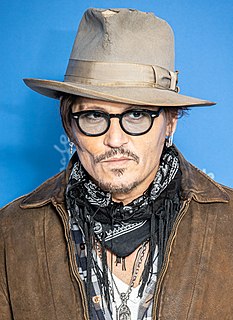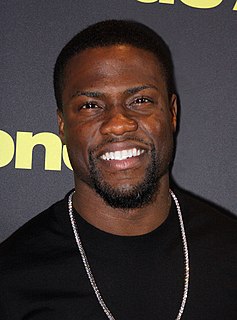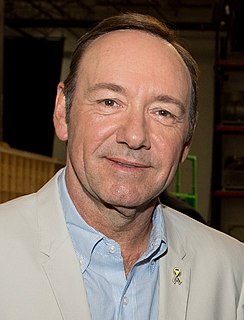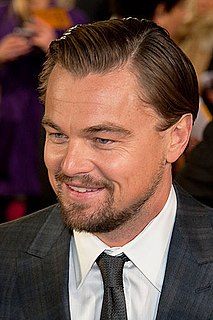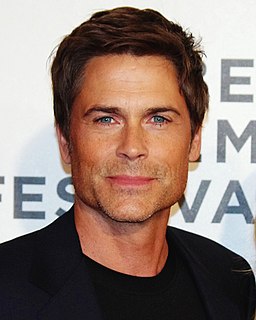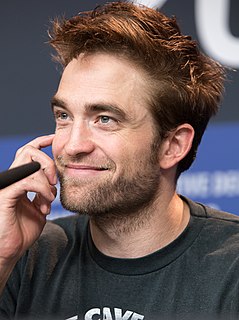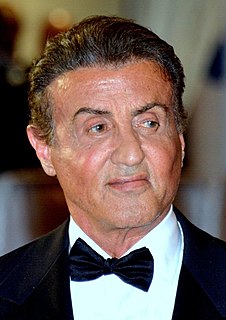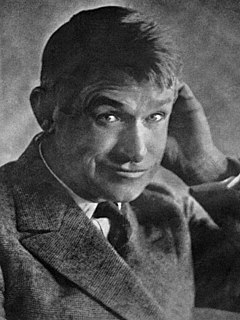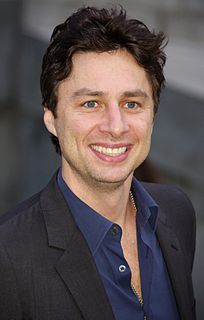A Quote by Jake Lloyd
Violence is used to portray what happens in a film. It only helps portray the actors and what they do. I think it is more about the story, when you have something to play off of.
Related Quotes
Actors look at life in a different way. When I meet people, I know that one day I may portray that person or someone like them. It may be a cop or a homeless guy. It helps you to pay more attention to people. Everyone I meet, I retain something from them, something from their personality. It helps me to portray realism in my work.
Also, with acting and dancing I portray a predetermined character and story for the most part, with music I have the creative freedom to create a song on a whim with whomever I choose and at whatever time I choose to do it. It's more liberating artistically and that's why I've stuck with it. It's a good balance to be able to portray a character and also be myself in avenues that I'm passionate about.
The media, I think, wants Kerry to win. And I think they're going to portray Kerry and Edwards - I'm talking about the establishment media, not Fox - but they're going to portray - they're going to portray Kerry and Edwards as the young and dynamic and optimistic and all this. There's going to be this glow about them this summer, that is going to be worth - collective glow, the two of them, that's going to be worth maybe 15 points.
All I try to do is portray Indians as we are, in creative ways. With imagination and poetry. I think a lot of Native American literature is stuck in one idea: sort of spiritual, environmentalist Indians. And I want to portray everyday lives. I think by doing that, by portraying the ordinary lives of Indians, perhaps people learn something new.
Violence is so terribly fast . . . the most perverse thing about the movies is the way they portray it in slow motion, allowing it to be something sensuous . . . the viewer's lips slightly wet as the scene plays out. Violence is nothing like that. It is lightning fast, chaotic, and totally intangible.

